EU keeps its eye on Vietnam shoemakers
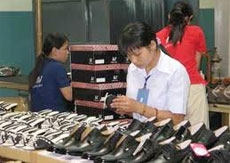 |
| illustration photo |
The end of the 10-per-cent tariff, which had been imposed for four years, promised to make Vietnamese-made shoes more competitive with rival producers like India , Bangladesh , Indonesia , Thailand and Cambodia , which had not been slapped with anti-dumping tariffs and may have even enjoyed tariff preferences, Tong said.
Nevertheless, the EU has announced a programme under which it will continue to monitor leather-upper shoes exported to the EU from Vietnam for one year, according to a representative of the Multilateral Trade Assistance Project (MUTRAP III).
If the monitors find that the quantity of shoes imported into the EU from Vietnam has increased a great deal while prices have decreased, the EU might view it as evidence of "continuation or repetition of dumping" by Vietnamese exporters and would re-impose the tariff without any further investigation.
Therefore, exporters should report to Lefaso and the Vietnam Competition Authority (VCA) to avoid the reimposition of anti-dumping duties, said Vu Ba Phu, deputy director of Vietnam Competition Authority (VCA) under the Ministry of Industry and Trade. Reports should include the quantity and value of products exported to the EU and reflect reasonable increases in monthly export value, Phu said.
Exporters should also seek contracts to produce high-quality, high-value products rather than target a massive increase in export volume to the EU, he said.
They should focus on building trademarks and diversifying designs to meet market demand, and they should familiarise themselves with regulations and market developments in the EU to avoid sudden spurts in exports to that market, experts said at the workshop.
Other dangers remained, Phu said, since the EU has not yet lifted the 16.5-per-cent anti-dumping duty imposed on leather-upper shoes from China . This large gap in tariffs could result in the illegal transportation of Chinese shoes to Vietnam which would then be exported to the EU under the lower tariffs applied to shoes of Vietnamese origin.
According to Phu, there has been a shift of contracts from Chinese to Vietnamese companies because of higher production costs in China , a promising sign for local businesses.
But he cautioned them to remain alert to trade barriers.
He said the number of investigations into emerging markets' adherence to WTO regulations would increase.
He warned that the EU would focus more on anti-dumping and anti-subsidy investigations and would impose more short-term anti-dumping and anti-subsidies policies.
Vietnam 's footwear exports grew 20 per cent overall in the first eight months of this year, reaching a value of 4.2 billion USD, according to Lefaso. Export value to the EU reached a record high of 1.9 billion USD during the period. The US market followed, with export value of 1.2 billion USD.
The sector had exported 495 million pairs of shoes and 115 million leather items the last eight months of the year, Tong said.
Exports to the EU accounted for 45 per cent of the total, while exports to the US and Japan were 29.3 per cent and 4.1 per cent, respectively.
The exports resulted in a stable income for 685,000 staff and workers employed in registered businesses.
However, she noted that certain challenges lay ahead, including a labour shortage and increases in production costs because of inflationary pressure and dependence on imported materials.
What the stars mean:
★ Poor ★ ★ Promising ★★★ Good ★★★★ Very good ★★★★★ Exceptional
 Tag:
Tag:
Related Contents
Latest News
More News
- Negotiations over payment agreement for LNG power stuck in deadlock (April 23, 2024 | 18:02)
- Masan completes $250-million equity raise from Bain Capital (April 23, 2024 | 17:37)
- Amata City Ha Long marks six years of development (April 23, 2024 | 17:00)
- Taiwan's Giant Group to build $120 million bicycle factory in Binh Duong (April 23, 2024 | 15:02)
- Nvidia delegation to explore opportunities in Vietnam (April 23, 2024 | 08:30)
- China's BOE builds $275 million electronics factory in Ba Ria-Vung Tau (April 22, 2024 | 10:44)
- Suntory PepsiCo breaks ground on its largest Asia-Pacific plant in Vietnam (April 22, 2024 | 08:53)
- New Hope ceases Binh Dinh pig-breeding project (April 19, 2024 | 18:34)
- Localities get ready for fourth FDI boom (April 19, 2024 | 16:41)
- Japanese retailer Takashimaya to advance project in Hanoi (April 19, 2024 | 11:31)

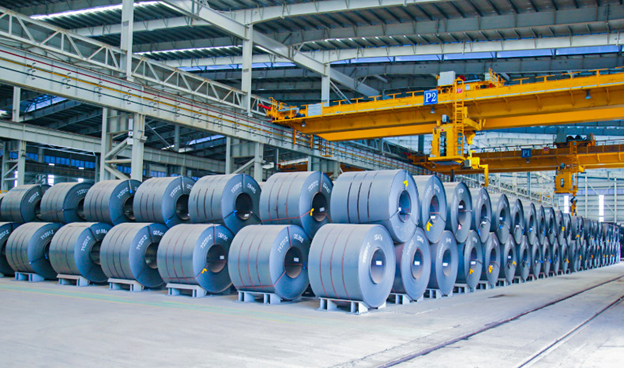
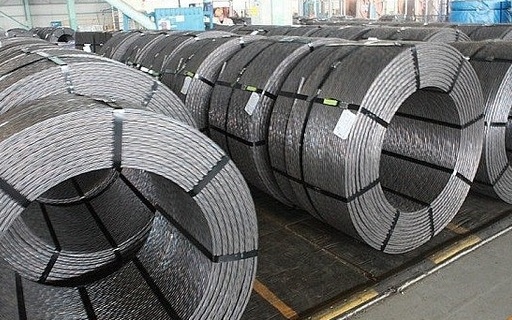
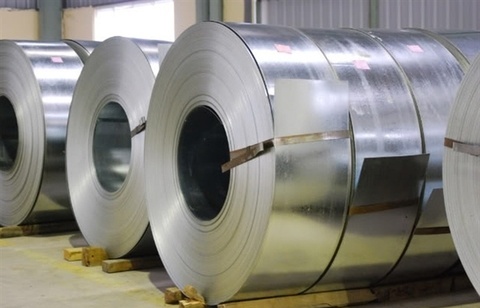
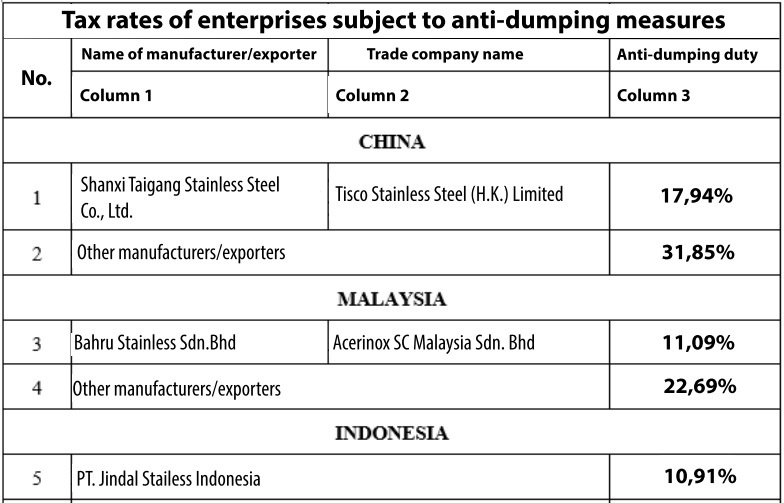
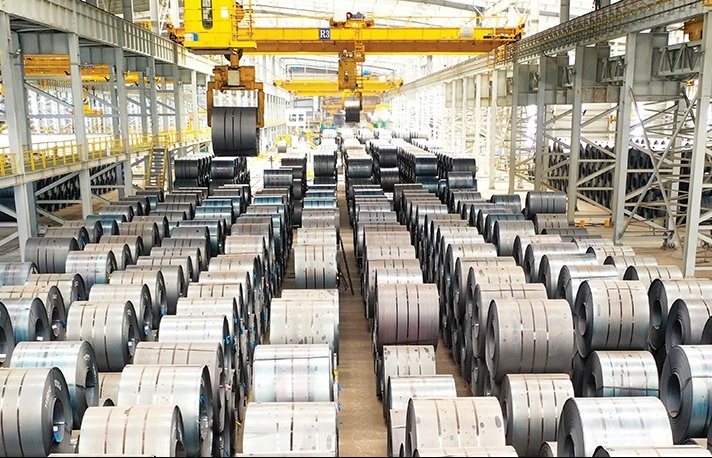
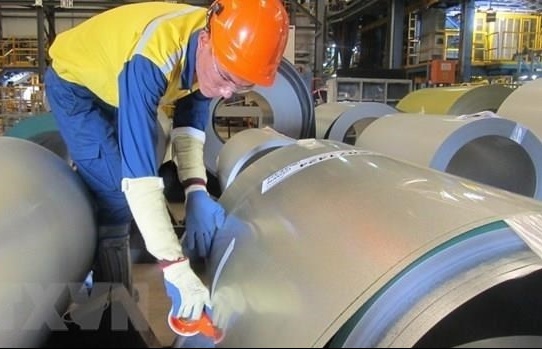
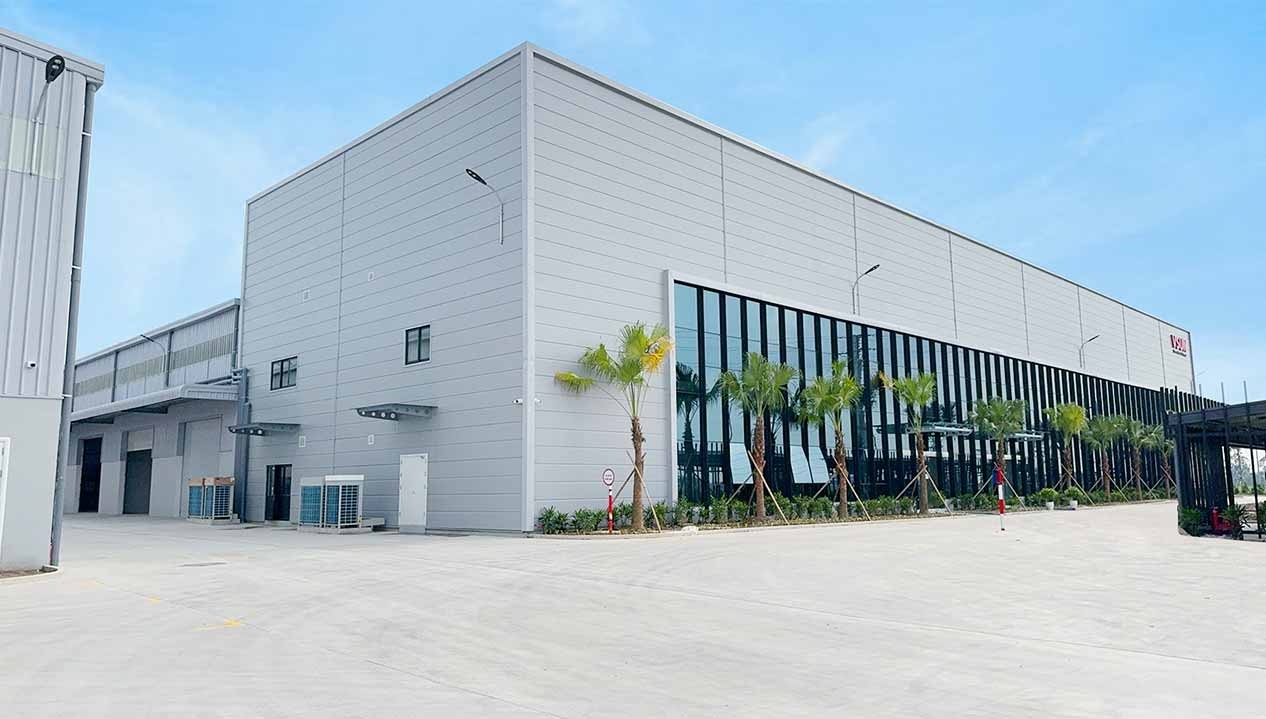
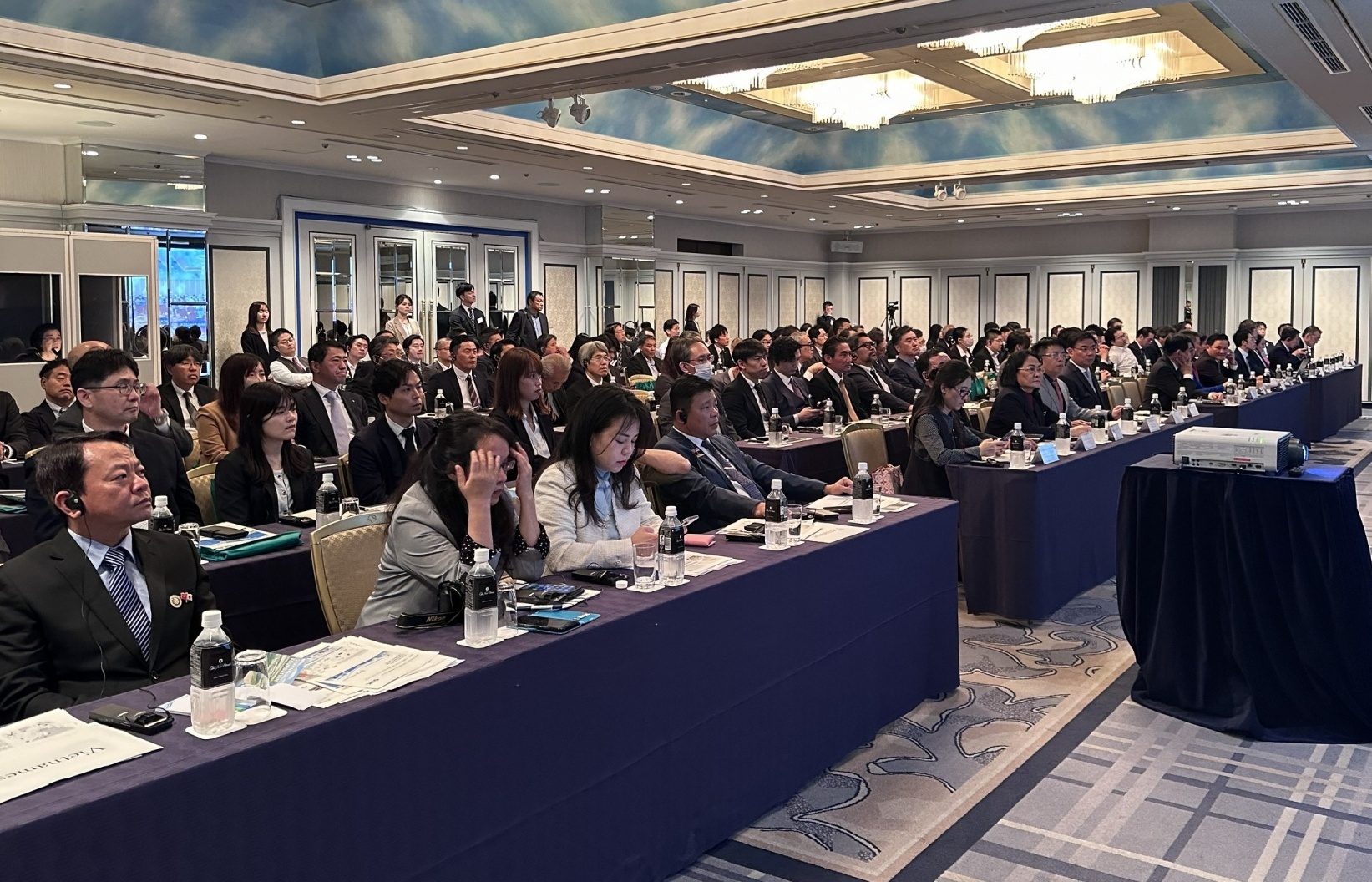
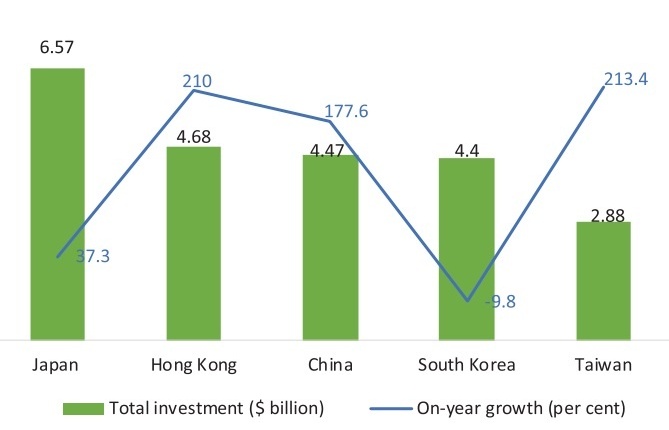
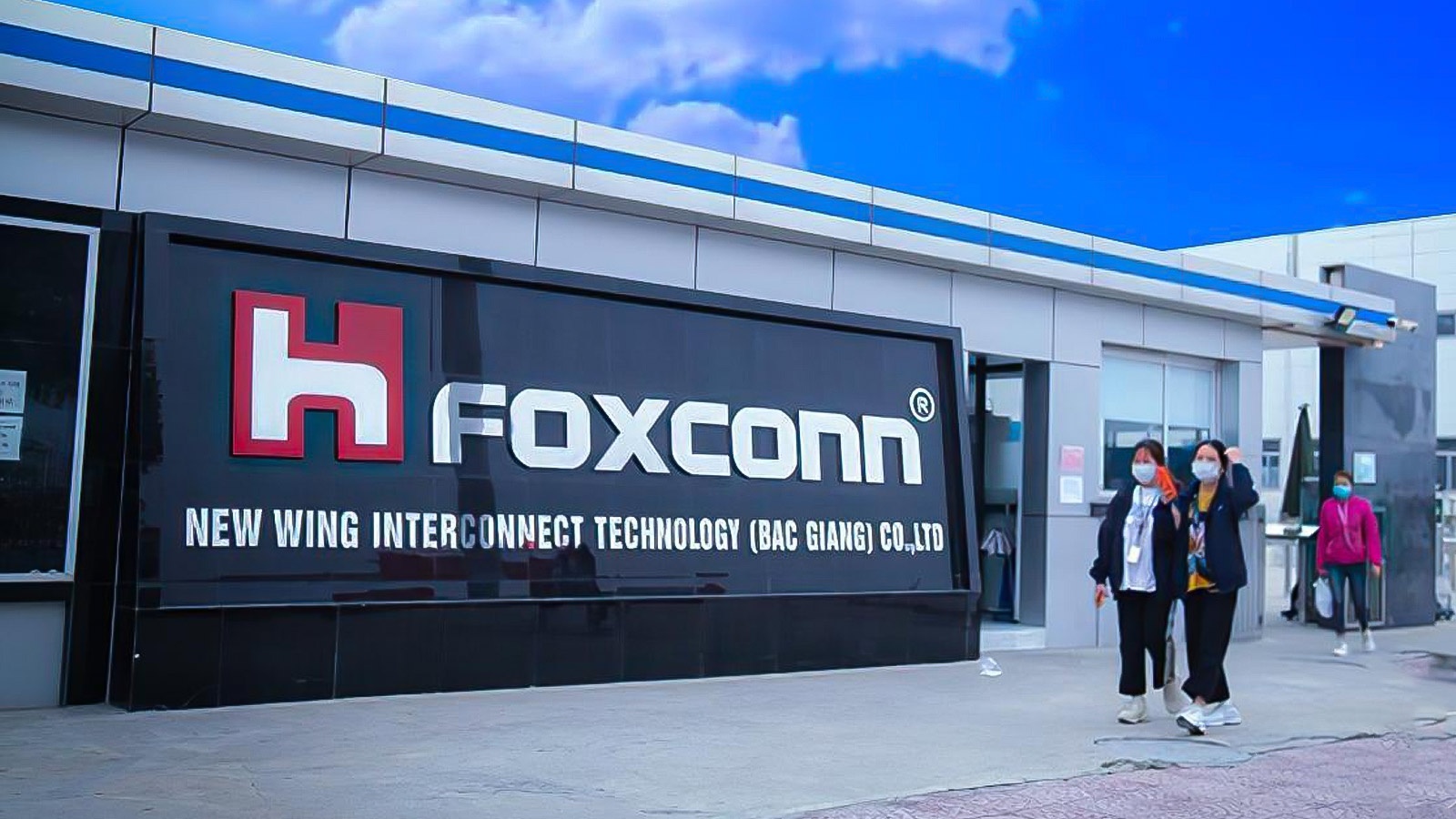
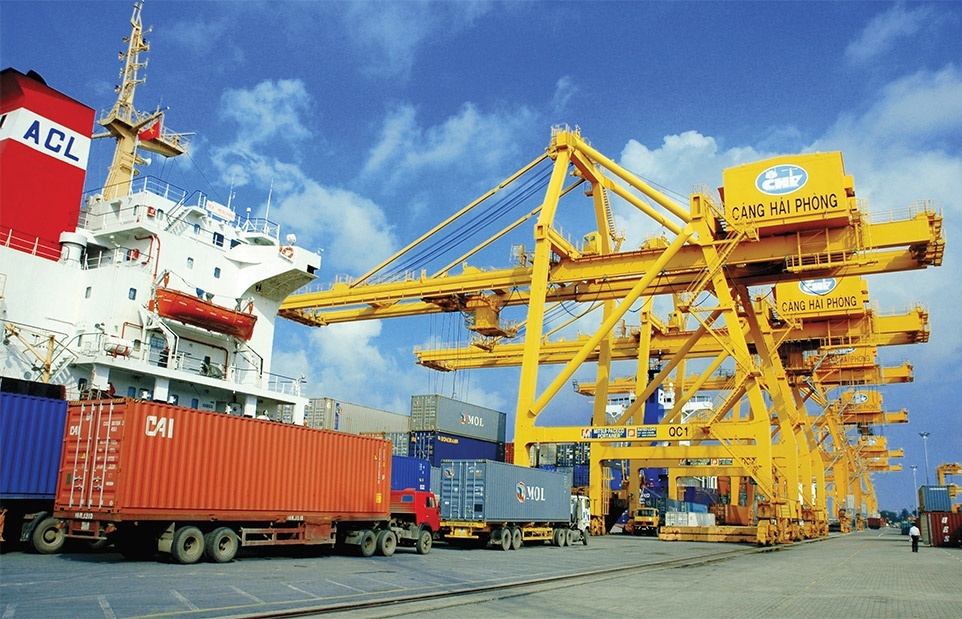



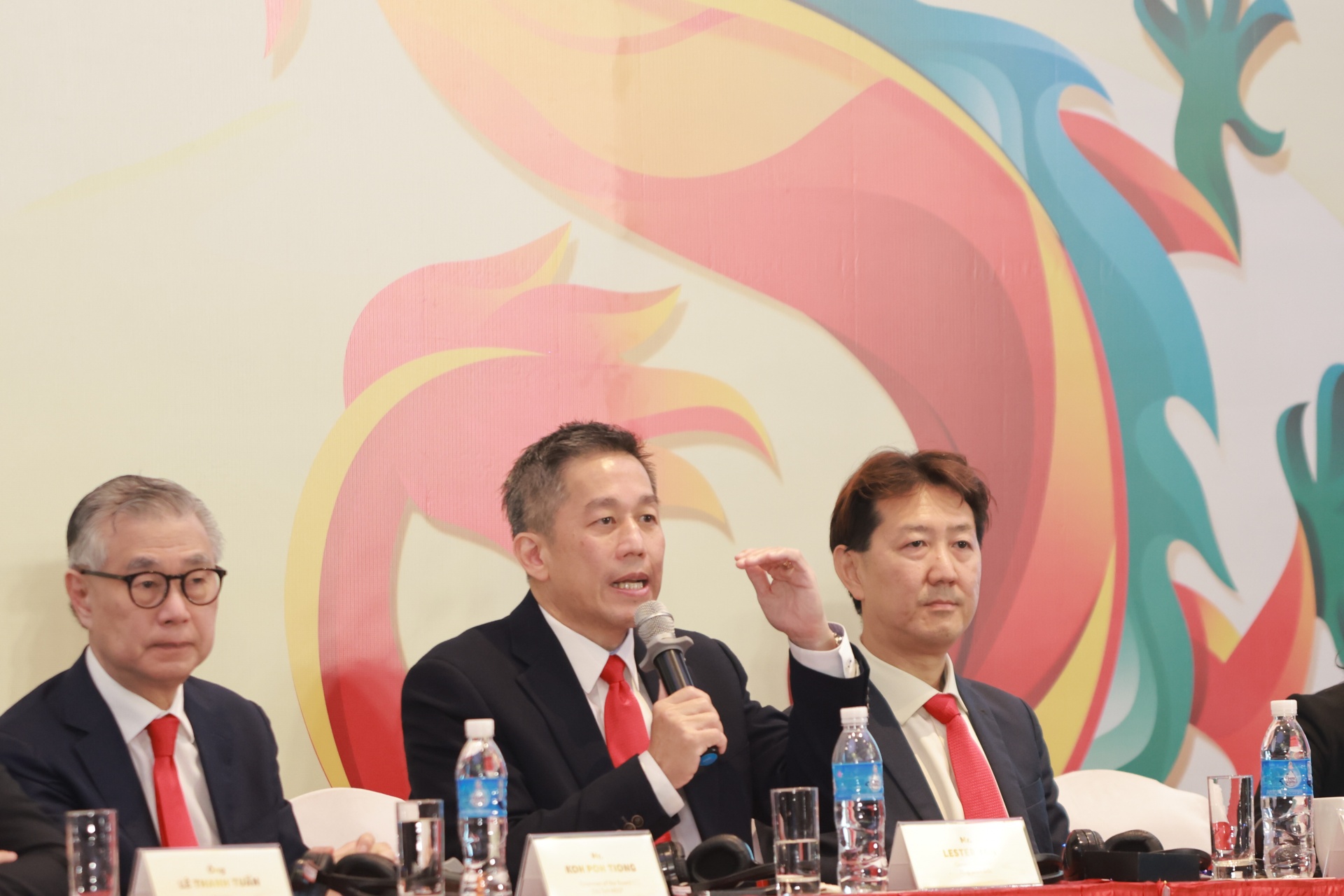





 Mobile Version
Mobile Version